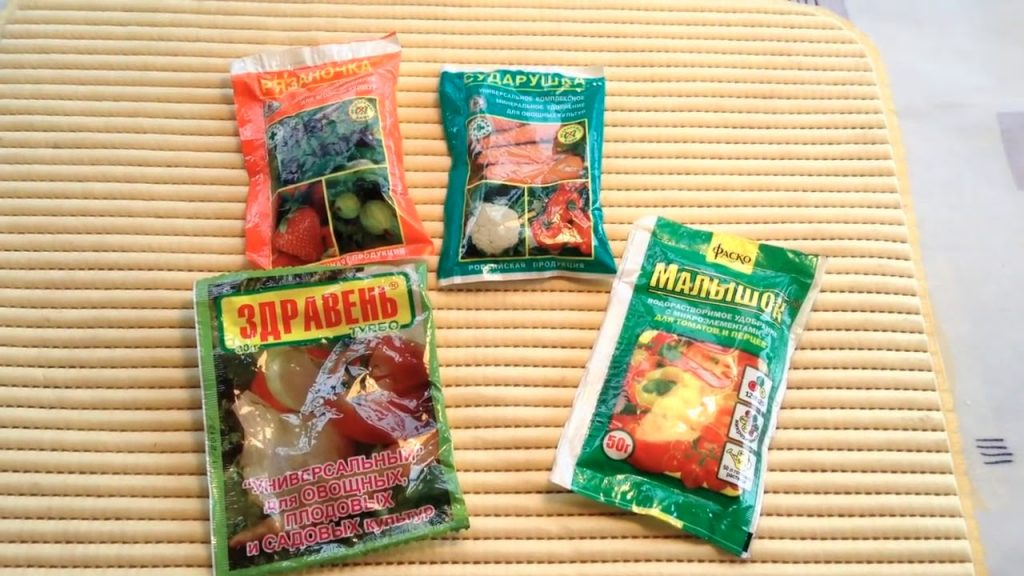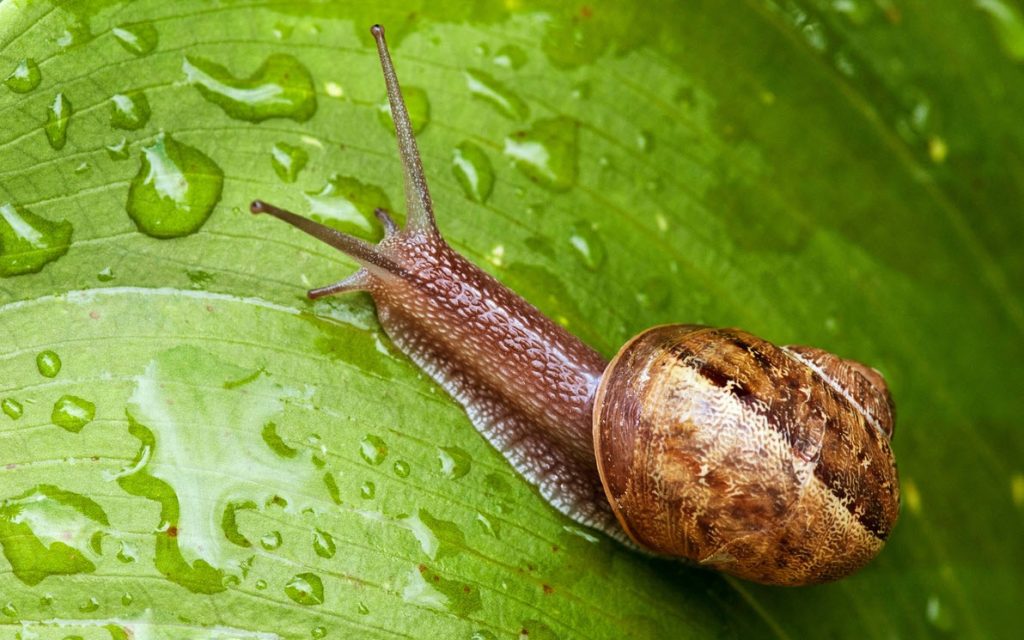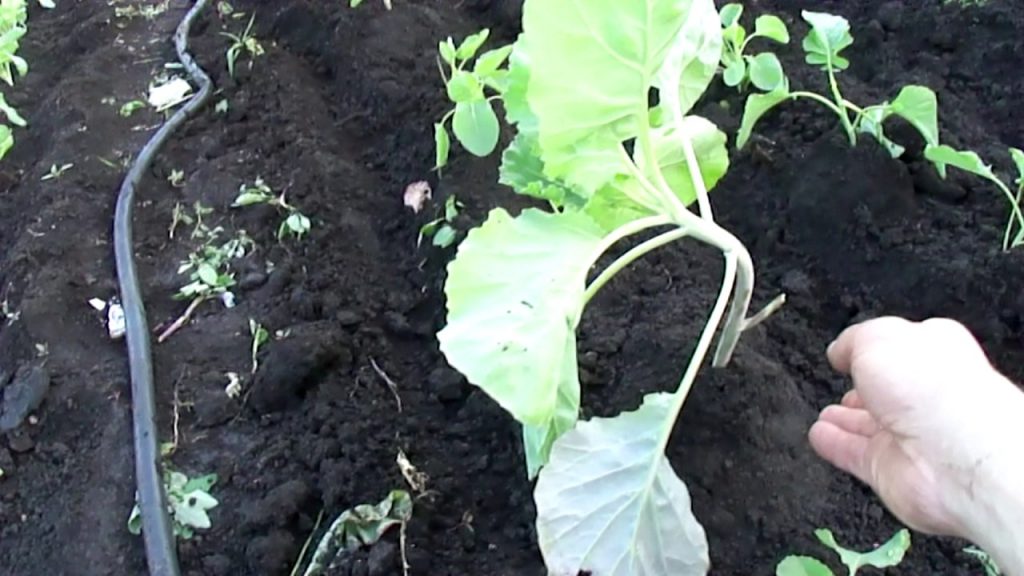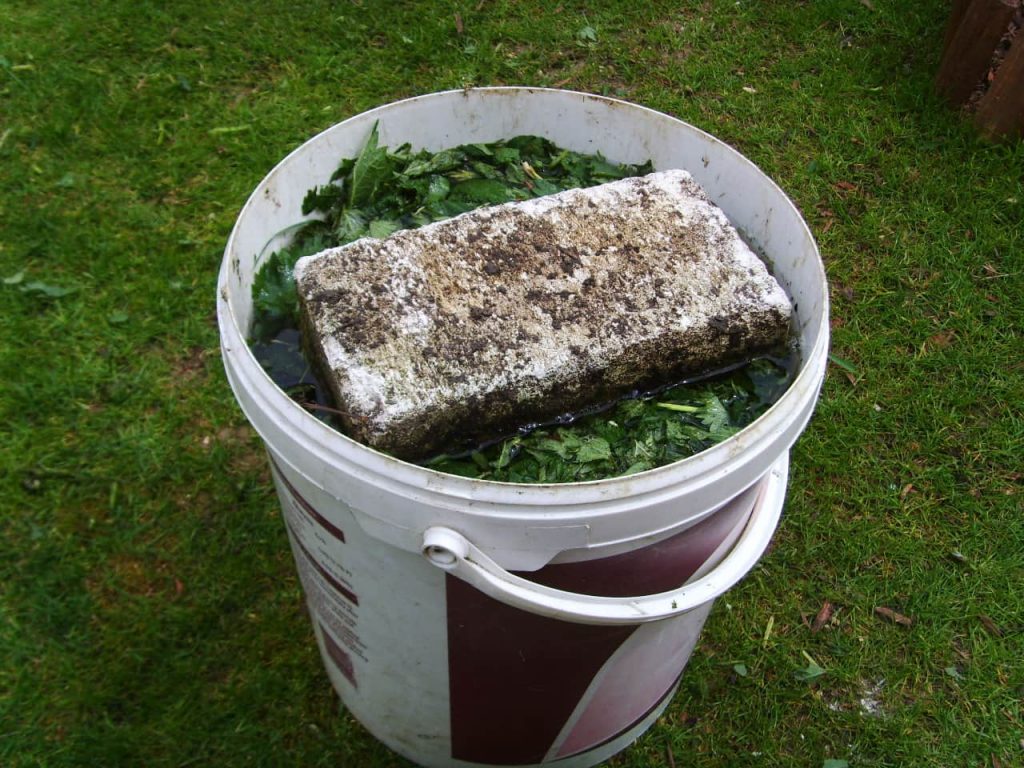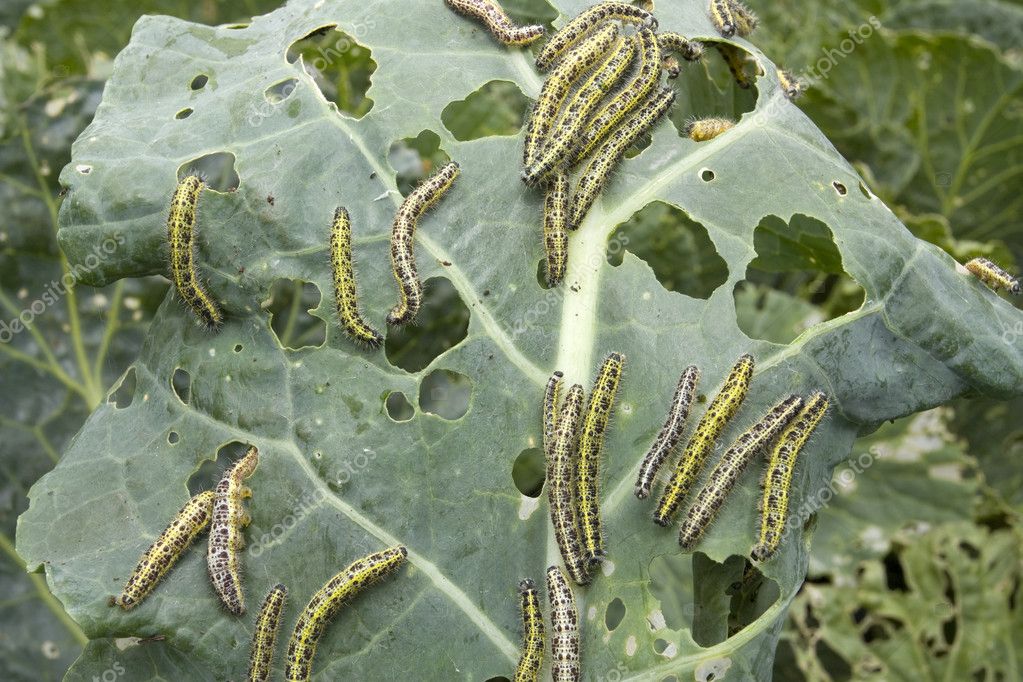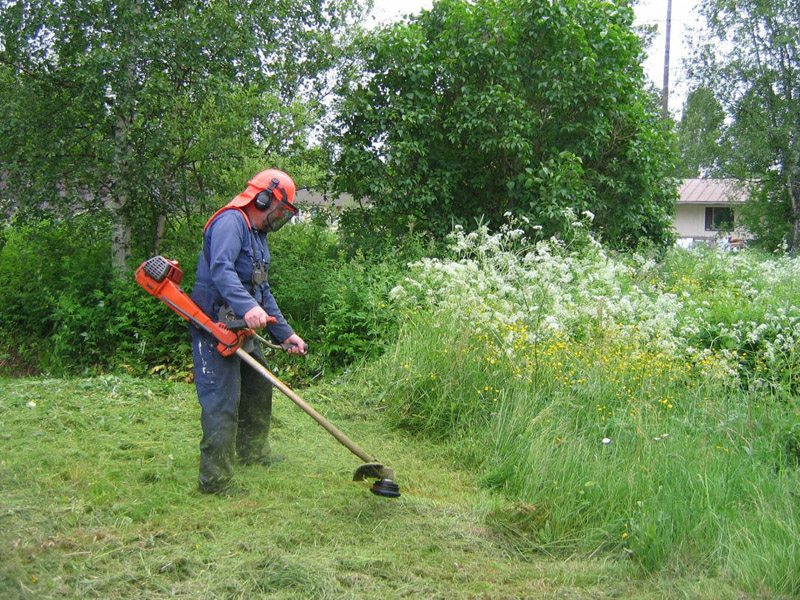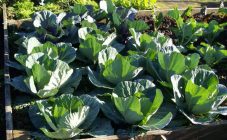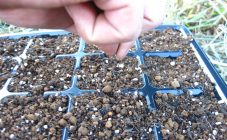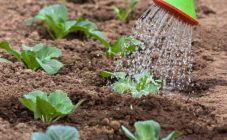Content:
Cabbage beds in central Russia can be annoyed by up to thirty different pests per season. Particularly frequent guests of our gardens are slugs, snails, cabbage butterflies, fleas and flies. In order not to lose the harvest due to the fault of gluttonous insects and mollusks, you need to recognize the "enemy" by sight, be well versed in prevention methods and know how to treat cabbage from pests, if they have already settled in the beds.
Signs of pests on cabbage
In May-June, when the dandelion blooms, cabbage seedlings planted in the beds can suddenly begin to weaken, cease to respond to watering and fertilization. Attentive gardeners in such a situation will most likely find tiny white eggs in the soil among the cabbage roots, and when they break the stem of a damaged seedling, they will see small larvae inside. Here the cabbage fly recently bred offspring.
A lot of beautiful butterflies can be found in the garden at the beginning of summer, but some of them are not to the liking of cabbage at all - these are the whites and scoops known to most gardeners. Butterflies lay their eggs on the underside of cabbage leaves, and after a while caterpillars crawl through the plants and begin to devour cabbage at an incredible speed, among other things, polluting the plants with their excrement.
Cabbage leaves look like a sieve because of the many small holes in them? The cabbage was overpowered by a cruciferous flea! This voracious and rapidly breeding insect is capable of destroying all plantings cleanly in a couple of days from the moment of appearance.
Large holes gnawed in the leaves usually indicate the appearance of slugs and snails on the cabbage. In hot weather, these mollusks hide under leaves or in the ground and do not show themselves in any way, but with the onset of night they go hunting. Slugs and snails can also be detected by the nasty sticky mucus they leave on plants.
If clusters of black dots appeared on young cabbage leaves, and a little later the leaves began to curl in these places, the seedlings are attacked by aphids. These small gray-white pests create entire colonies on plants that can devour all planted seedlings in a very short time. They also do not regret planting Peking, Savoy and cauliflower.
How to deal with the main pests of cabbage in the open field
When choosing how to spray cabbage, you need to know exactly what pest is attacking it.
Scoop and whitefish
On plants affected by cabbage butterflies, heads of cabbage are poorly wrapped. Caterpillars make their way into those that managed to wrap themselves up, gnawing long passages in the heads of cabbage and contaminating the cabbage with excrement. If the infected plants are not treated in a timely manner, you probably will not have to rely on the harvest.
Many gardeners in the fight against the caterpillars of cabbage butterflies use an exclusively mechanical method, that is, they are collected and disposed of by hand. This method is quite effective, it is only necessary to bypass the planting every 3-5 days and destroy not only the detected pests, but also the eggs laid by them.
To prevent caterpillar infestation, sprinkle the expanded cabbage leaves with baking soda.You can also spray the plants with sweetened water, which will attract wasps to cabbage planting - the natural enemies of the caterpillars of whiteflies and scoops.
Use insecticides against butterflies with extreme caution and only on late-ripening cabbage varieties.
What else can you spray on cabbage to minimize the harm caused by "chemistry"? In addition to standard insecticides, there are also biological products against butterflies and other pests. According to the assurances of their manufacturers, the poisons contained in these products are neutralized within 3-4 days after their use, that is, they are not able to harm a person. These drugs include Aktofit, Avertin-N and Aversectin-S.
Slugs and snails
The gluttony of slugs and snails knows no bounds. These molluscs are capable of destroying cabbage plantings completely if no measures are taken. The mucus left by them on the surface of the leaves forms a viscous film that clogs the pores, which significantly slows down the growth and development of plants. In addition to mechanical damage, slugs and snails can bring pathogenic bacteria and viruses to the beds, which are much more difficult to fight with than their carriers themselves.
The safest method of dealing with shellfish is by hand picking them from plantings. True, this process is quite laborious, because slugs and snails come out of shelters only in the dark. To simplify the search for pests, you can spread short boards, plywood or slate fragments between plants, after sprinkling water on the ground under them. Slugs and snails will crawl under these shelters as soon as the sun begins to warm. In the morning it will not be difficult to collect and destroy the "resting" mollusks.
Small traps can be placed on the beds for pests. Glass jars or open plastic bottles with a sweet liquid (compote, syrup or even beer) are buried next to the plantings, flush with the ground, clams attracted by the treat fall into these containers, but they will not be able to get back out along the smooth walls. Further, you only need to destroy the imprudent pests.
Slugs and snails will most likely die if you give the cabbage a hot shower. To do this, each plant should be doused with water heated to 45-50 ° C. You can not worry about cabbage, it will easily tolerate such water procedures.
If folk remedies do not save, how to treat cabbage from pests? In this case, you will have to turn to the help of the achievements of the chemical industry. In the fight against mollusks, such drugs as "Groza" and "Meta" have proven themselves well.
Cabbage fly
This pest attacks cabbage twice a season, and the larvae of the first (spring) wave are especially dangerous, since they, climbing inside the stems and gnawing large cavities in them, can destroy young seedlings at the very beginning of their development. For hardened plants, the cabbage fly is less terrible.
To protect the roots of the seedlings from larvae, even at the stage of planting it on the beds, you can process the roots with a clay talker. The chatterbox is prepared from clay and water with the addition of any insecticide. The consistency of the solution should resemble liquid sour cream. The roots of each plant are alternately dipped into this mixture, after which the seedlings are planted in the beds.
To scare away flies, plants with a strong odor are planted around cabbage beds: marigolds, garlic, wormwood, coriander, etc. You can also plant valerian bushes nearby, its aroma is very unpleasant to the fly.Also, the cabbage fly does not like the smells of mustard and bay leaves. These spices are used both in dry form for dusting, and infusions are prepared from them, which are sprayed with infected plants.
Strong infestation of cabbage with fly larvae can no longer be defeated only by folk methods; in a critical situation, the use of chemical insecticides such as Bankol, Decis, Zemlin and Thunder will be required.
Aphid
These insects do not gnaw on cabbage leaves, but suck out vital juices from plants, slowing down their development and stopping the formation of heads of cabbage. Aphid activity does not decrease throughout the entire gardening season. In addition, the pest also breeds very quickly. If you start the situation, aphids can even destroy cabbage plantings.
Against aphids, plants are sprayed with a soap-ash solution, which is prepared in the following way: in the evening, a tablespoon of ash is poured with a liter of hot water, then the solution is infused overnight, and in the morning it is filtered and a couple of drops of liquid soap are added. Plants are sprayed with the solution early in the morning (it is especially important that the lower surfaces of the leaves are sprayed, pests hide there in the daytime). Processing should be carried out every other day until the pest is completely eliminated.
Aphids can be scared off by the specific smell of ammonia. A solution of this drug (50 ml per 10 liters of water) is sprayed with cabbage or watered plants under the root. This solution is also a good nitrogen fertilizer.
If aphid colonies have already populated a tenth of the cabbage planted on the ridges, folk remedies are unlikely to help save the crop. In this case, insecticides approved for cabbage should be applied. The preparations "Fufanon" and "Default" can achieve a good effect in the fight against aphids.
Cabbage fleas
Fleas appear in the garden in early spring and can attack cabbage seedlings just planted on the ridges. By eating its leaves, they weaken the plants. Damaged cabbage noticeably lags behind in development, often does not form heads of cabbage at all, and dies if severely damaged.
They fight flea beetles by dusting the plants with ash or tobacco dust.
Instead of tobacco and ash, the infected plantings are watered with dandelion infusion. It is prepared as follows: 0.5 kg of chopped weeds are poured with 10 liters of water and insisted for about 6 hours, then the infusion is filtered and, adding 250 ml of liquid soap, they spray the damaged plants with it.
Flea cabbage is also treated with a solution of 9% vinegar (1 glass per 10 liters of cool water). Spraying is important in the evening, this will protect plant leaves from sunburn.
In case of severe infection, the drugs "Aktara", "Karbofos", "Nurel" are used.
It is believed that pests attack extremely weakened plants, and for strong and healthy seedlings, they do not pose a particular danger. It is only partially true: indeed, strong plants are more resistant to attacks from harmful insects and mollusks, but this does not mean at all that they need to be left to their fate, in no way protecting them from the irrepressible appetite of pests. To get a good harvest, it is important to deal with both the prevention of the appearance of unwanted insects, and the processing of cabbage, which has already been attacked by them.
Pest prevention
Any problem is always easier to prevent than to deal with its consequences. This statement is quite true for the control of various garden pests.It is much easier to take care of additional plant protection in advance than to fight the innumerable crop-threatening insects and shellfish later on. Prevention of the appearance of cabbage pests includes general and specific measures for each pest.
General preventive measures
- Strict adherence to the crop rotation scheme: you cannot plant cabbage in one place for two years in a row. In addition, radishes and other cruciferous plants should not be placed near cabbage beds, as they are very attractive to cabbage flies, flea beetles and white butterflies. You can not plant cabbage in the beds that last year were occupied by plants of the cruciferous family, the soil on them is most likely already infected with various pests.
- Regular weeding of plantings. You should be especially careful to get rid of cruciferous weeds, as they can also interest cabbage pests.
- Thorough cleaning of plant residues after harvest and subsequent deep digging of the earth. In this way, most of the eggs, pupae and larvae that have already hatched from them can be destroyed.
Specific preventive measures
To save the cabbage beds from the invasion of slugs and snails, a protective strip of land should be organized around the plantings, cleared of all vegetation. The land in this strip should be weeded and loosened from time to time, the grass around should be mowed regularly.
Slugs and snails will not be able to reach cabbage seedlings if you surround each bush with a thin layer of lime or hot pepper. Making their way to the seedlings through such an obstacle, the mollusks receive severe burns, from which they almost always die. In addition, slugs and snails cannot stand the pungent smells of tobacco or sulfur, so grooves filled with these substances can be dug between the rows of cabbage to repel pests. The only disadvantage of this method is that after each rain, you will have to re-fill the protective barriers with filling.
Cabbage is effectively protected from cabbage flies and white flies by a fine mesh stretched over the beds. You can also cover the plants with a nonwoven covering material, thus limiting the access of flies and butterflies to them.
Sowing dill and carrots for seeds next to cabbage beds will attract natural enemies of aphids to the garden - ants and ladybirds. And planting along the perimeter of marigold ridges will scare away cabbage butterflies.
On the eve of planting seedlings in open ground to protect it from the attack of cabbage flea beetles, you can water each plant under the root with a solution of the drug "Aktara".
All of the above methods and means are sufficiently effective in combating the overwhelming majority of cabbage pests, it is only important to follow the instructions and tips for their use and carry out all processing in a timely manner, then the cabbage will be able to please and even surprise with a wonderful harvest.

